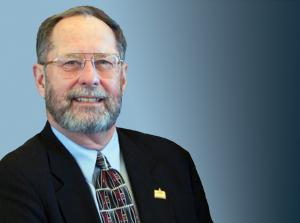Reforming the Regulatory Advocacy Process
Tom Sloan is serving his eleventh term in the Kansas House of Representatives. He earned a doctorate in political science from the University of North Carolina at Chapel Hill and served on the Department of Energy’s Electricity Advisory Committee and the GridWise Architecture Council. He is a leading member of the National Conference of State Legislatures’ and Council of State Governments’ energy and environment committees. He also serves on the Federal Communications Commission’s Intergovernmental Affairs Committee.
Many states by executive or legislative action created consumer advocates within the public utility commission deliberation process. These advocates represent residential customers, and in some states, small business customers.

The consumer advocates intervene in utility rate cases filed with the public utility commission, and historically support alternatives to utility investment options that would increase customer rates. For example, they generally support energy conservation rather than construction of new generation.
State legislators must be mindful that the customer base is evolving. The mission of the consumer advocate is subject to change. Increasing numbers of residential and small business electric customers are generating some or all of their energy. Many are selling power back to the utility.
Customers are also increasingly capable of participating in demand management practices when offered financial rewards. The interests of such customers are different from those of customers receiving full-service from the utility.
This bifurcation of the customer base is important to state legislators, consumer advocates, customers, and utility executives. We will need to reassess the enabling legislation that defines the consumer advocate's roles in our various states. The consumer advocates, within the statutory authority granted, may have to choose which customers to represent before utility commissions.

